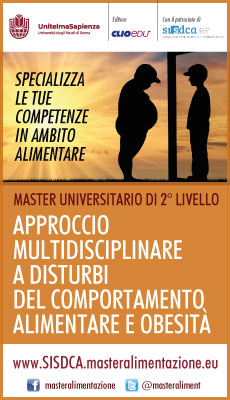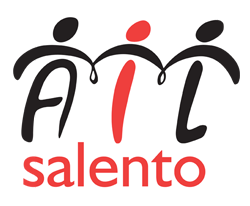Home Page
Cerca
Italy kicks off all e-voting pilot in Salento
Data: 31/05/2015 - Ora: 10:58
Categoria:
Tecnologia

Touchscreen ballot boxes could replace the usual set-up in the province of Lecce.
You'd expect to hear about Salento in a travel blog, inviting you to explore the villages and secluded white sand beaches of this Italian gem. But there's more to the region than scenery: it's the home ofone of Italy's first major experiments with e-voting.
This first experiment of e-voting was possible due to the interest and funding of Italy's Ministry of Interior, but also thanks to the work of Clio S.p.A., a leading ICT Company operating in the South of Italy and LeGstaff (UniSalento e-Government Laboratory) and its deputy director, Professor Marco Mancarella. Mancarella is a legal consultant in digital law and has studied e-voting experiments held in Mexico, in the Jalisco region, where the e-ballot box was developed.
Salento e-Voting, is a part of a bigger project known as "Smart PA", carried out thanks to the cofinancing of the Apulia Region Living Labs Project.
"The electronic ballot box is support mechanism for electoral activity only when the voter is expressing their [voting] preference and during the counting phase," Mancarella said. For the earlier stages of finding and registering voters, paper is still necessary, and individuals still have to present a valid form of paper ID and physically sign a polling register.
"Each polling station as we know it, with materials and staff, costs between €2,000 and €3,000 per election," Mancarella said. Each e-ballot box costs $2,000 (€1,600) and lasts between 10 and 15 years.
The economic advantages are obvious. But how does it work? Once the voter is identified through the traditional methods, he or she will see a display of all voting options, including submitting a blank ballot. The box registers the vote and prints a paper receipt, which is stored inside the machine. One thousand paper receipts cost $2.
In the event of disputes, the seals may be broken and a traditional count by hand can be used to confirm the results. In the meantime, the data will be sent electronically in real time through theSistema Pubblico Connettività (SPC)(the public connectivity system) thanks to the agreement with Clio, the first provider in Italy to obtain the SPC certification.
The e-voting set-up is also equipped with a Braille system and audio support, to allow blind or visually impaired voters to use the system.
While it's the first time Italy has used an all-electronic voting system, there have been earlier pilots that used some e-voting elements: a 2006 experiment was halted by then prime minister Giuliano Amato, for fear of tampering, as votes were cast and then transferred via USB keys - a system considered unsafe. Trentino attempted another trial in 2008, during its provincial elections, but paper ballots were used alongside electronic ones for verification.
Invia commento
Commenti su questo articolo
Documenti
Link
Risorse correlate
Ultimi video della categoria
Data: 05/10/2023
Fibra Salento. L'importanza della vera fibra ottica
Data: 11/04/2017
ClioCom e Fortinet organizzano il "Security Fabric Seminar" a Bari











